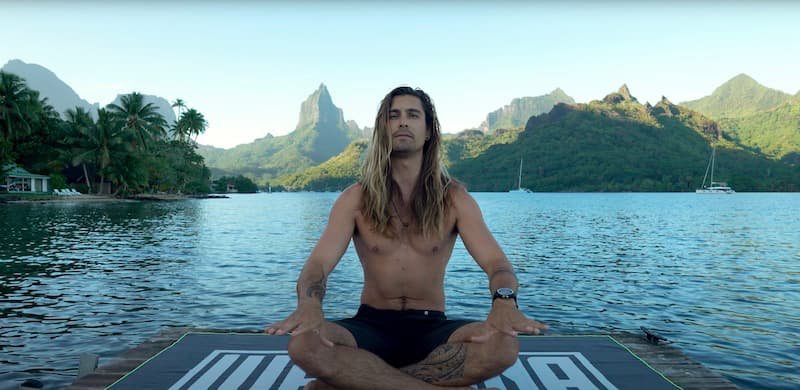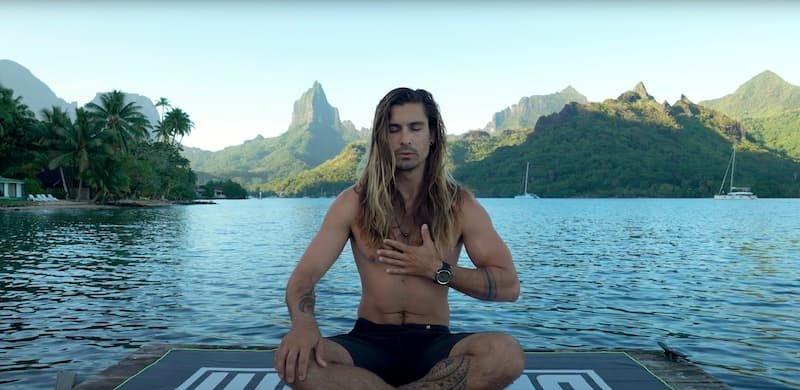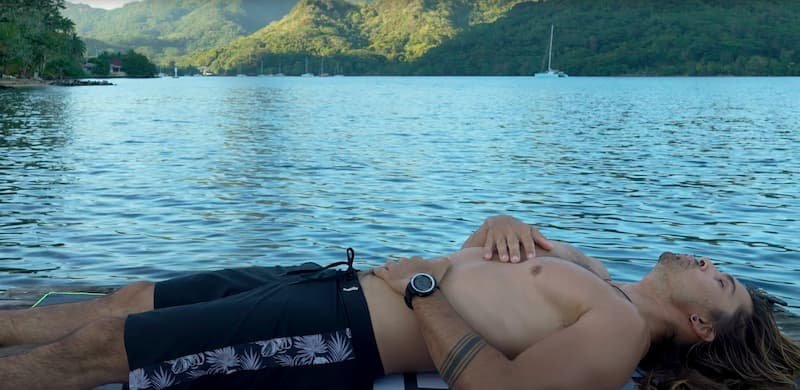
 Nick Pelios
Freediver, Creator
Nick Pelios
Freediver, Creator

 Nick Pelios
Freediver, Creator
Nick Pelios
Freediver, Creator
In the realm of freediving, the way you prepare to hold your breath can significantly impact your performance and safety. Josh Munoz, a seasoned freediving instructor and underwater photographer, has shared his expert breathing techniques in a recent video, providing a comprehensive guide on how to prepare for a breath hold. Whether you’re an experienced diver or just starting, these steps will help you refine your technique and improve your underwater experiences.
The first step in preparing for a breath hold is the Preparation Phase. This involves two key components: breathing and body awareness.
1. Breathing: Start by practicing tidal breathing, which is your natural, subconscious way of breathing. This method involves taking in and releasing the exact amount of air your body needs without deep inhalations or prolonged exhalations. Imagine you’re sitting on the surface, preparing for a dive. Keep your breaths shallow and even, aligning with your body's natural rhythm.
2. Body Scan: Conduct a thorough body scan from head to toe. Pay attention to any areas of tension or tightness. Are your shoulders relaxed? Is there any tension in your jaw or grip? By being mindful of these areas, you can ensure your body is fully relaxed, which is crucial for a smooth dive.
Tip: Use a method where you tense every muscle group and then release to help you identify and relax tight spots.

The second step involves priming the pump by focusing on chest breaths. This step prepares your body to take in more air.
1. Chest Breaths: Perform three chest breaths to fill your chest cavity with air. Place one hand on your chest to feel the rise as you inhale deeply. Each breath should be a big inhale followed by a slow, complete exhale. This exercise helps to expand your chest and get your body ready to take in even more air.
Tip: While doing this, you may notice you stretch your neck and roll your shoulders. This is part of the process to ensure you’re fully inflating your chest.

The final step is the one full breath. This comprehensive breath involves three main parts:
1. Diaphragm Fill: Start by inhaling deeply into your diaphragm. Place one hand on your stomach and the other on your chest to monitor the rise. The hand on your stomach should rise first, indicating that you’re filling your diaphragm before your chest.
2. Chest Fill: Continue to fill your chest with air after the diaphragm is fully expanded. This ensures you’re maximizing your lung capacity.
3. Relaxation: At the peak of your inhale, allow yourself to relax both physically and mentally. Avoid any tensing of the shoulders or upper body. Relaxation is key to ensuring you’re not expending unnecessary energy and that you’re prepared to hold your breath comfortably.
Tip: Practice this full-breath sequence regularly. Notice how your body responds and adjust your technique to find what works best for you.

To solidify your understanding, take a few minutes to practice these steps. Find a comfortable position, close your eyes, and start with the body scan. Move into the chest breaths and then transition into the full breath cycle. Focus on relaxation and mindfulness throughout the process.
Josh Munoz’s breathing technique is a valuable tool for anyone engaged in freediving, spearfishing, or any underwater activity. By incorporating these steps into your preparation, you can enhance your performance, increase your comfort level, and ensure a safer diving experience. If you found these tips useful, check out more of Josh’s educational videos on freediving techniques, including blackouts and breath-hold training. Happy diving!